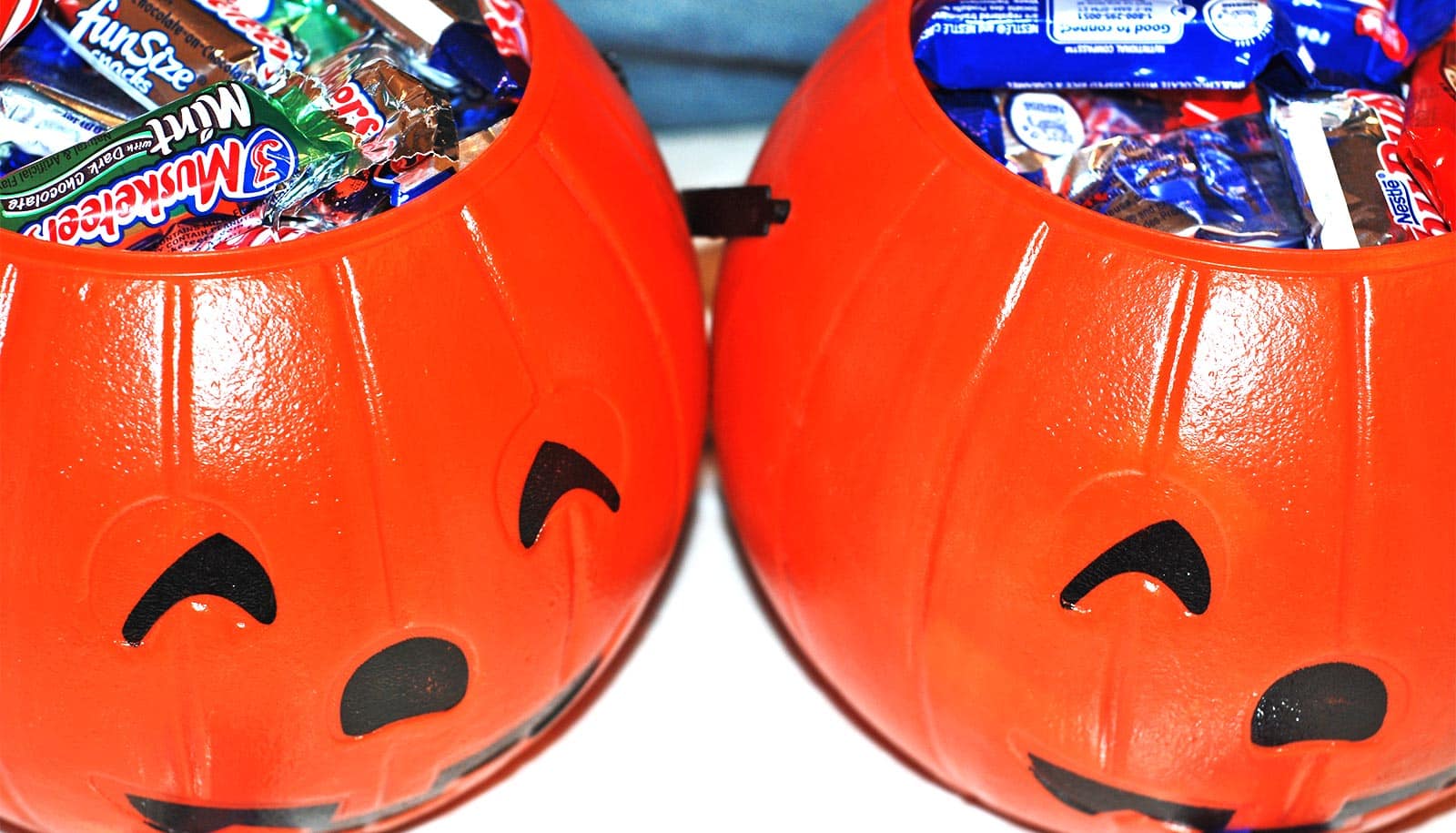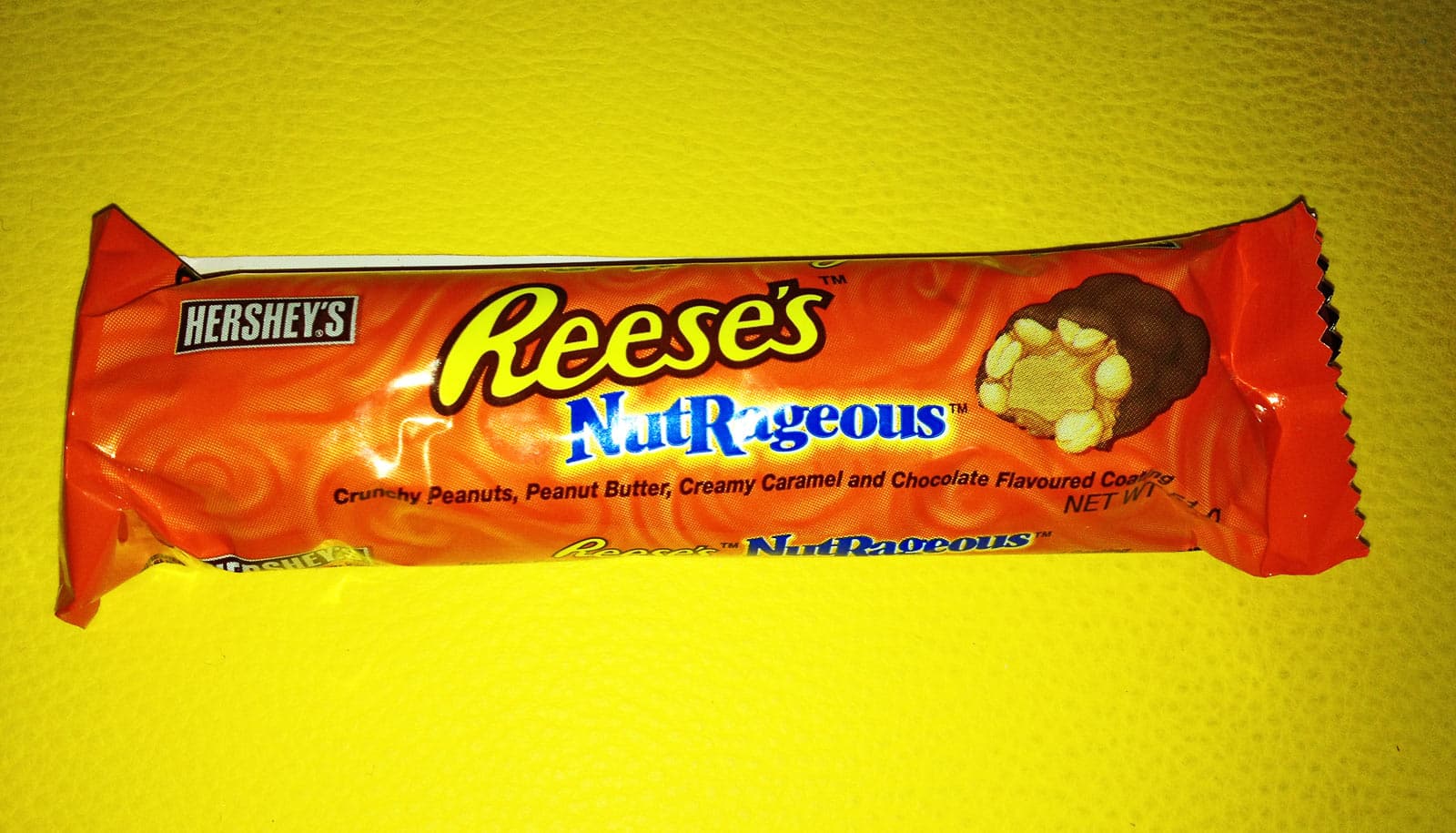Candy is a staple of Halloween and other American holidays, but it comes with hidden environmental costs.
Halloween. Valentine’s Day. Easter. Throughout the year, US stores are stocked with rotating chocolates, gummies, and hard candies. These periods of mass candy production and consumption have a profound effect on the supply chain, yet candy consumption is often absent from conversations about food systems.
The International Food Policy Research Institute defines “food systems” as “the sum of actors and interactions along the food value chain—from input supply and production of crops, livestock, fish, and other agricultural commodities to transportation, processing, retailing, wholesaling, and preparation of foods to consumption and disposal.”
In recent years, the connections between food systems and climate change have come under increased scrutiny and prompted re-evaluation and policy changes. The current food movement “works to draw attention to the health and social well-being of the people involved in the food system (including consumers), and the environmental and economic sustainability of that system,” writes Carolyn Dimitri, associate professor of nutrition and food studies at New York University Steinhardt, in a 2020 article.
While food systems are often discussed in terms of vegetation and livestock, plants and animals contribute to the many ingredients used to create popular candies, and when candy consumption increases, so does the demand for sometimes problematic products such as palm oil and sugar.
Here, Dimitri explains the ways in which the production and consumption of sweets affect the climate as well as US production systems:
What kind of impact does eating our favorite candies have on the planet?
Pumpkin-shaped Reese’s peanut butter cups are a Halloween favorite in my household. Three important ingredients are sugar, for that sweet taste; palm oil, for the smooth mouth feel; and chocolate. Sugar, palm oil, and cocoa are grown in tropical climates, and often on land that has been deforested. Globally, Brazil produces more sugar than any other country, and in 2019, the prohibitions on growing sugar in the Amazon were removed. Palm oil is also grown in the Amazon, but the majority is grown in Malaysia and Indonesia on cleared forestland. Cocoa is grown in Côte d’Ivoire, where 80% of the forests have been lost to farmland.
The conversion of forest to farmland contributes to worsening climate change, because deforestation typically occurs through “slashing and burning” to clear land. The burning process emits greenhouse gases, also known as GHG, and the loss of forests means fewer trees to absorb carbon dioxide, a key GHG, reducing the capacity of the planet to mitigate climate change.
In recent years, there has been discussion by environmental activists and some politicians about decreasing meat consumption for the sake of the environment. Why do you think candy consumption has failed to get the same kind of attention?
Maybe because candy is fun to eat? All kidding aside, I think that nutritionists and dentists have already taken a lot of the joy out of our candy habits, leaving environmentalists to think about cows and hogs.
Are there other negative consequences caused by the mass production and consumption of candy?
The poor labor practices on cocoa farms in West Africa garnered tremendous attention in the early 2000s, which spurred candy manufacturers to make pledges against using child labor and trafficked labor. Despite their pledges, approximately 1.5 million children were working on cocoa farms in West Africa in 2018 and 2019, according to the most recent data.
Should we cancel Halloween? Or are there ways that consumers can mitigate these adverse impacts and still enjoy holiday treats?
Halloween is an important cultural holiday in the US, and we should definitely not cancel it!
When handing out candy to trick or treaters, or for your personal consumption, look for candy that is labeled as fair trade or is free of palm oil. Fairtrade prohibits the use of child labor, as defined by the International Labour Organization, and the Fairtrade certifying body works with member producer organizations to develop systems to prevent child labor on farms.
Source: NYU



